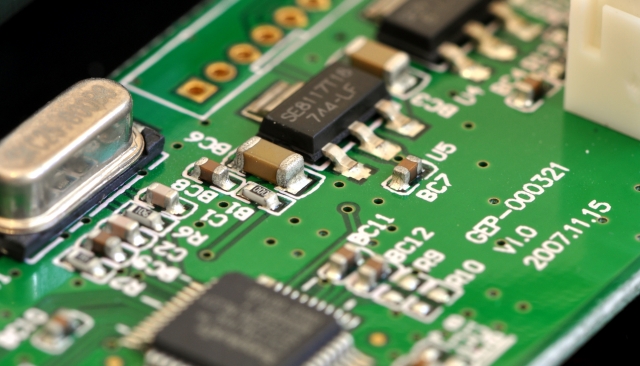Magnets fascinate most of us, especially when we are children. We love seeing how various smiley faces magnets will attract or repulse each other, don’t we? Magnetic building toys are always popular, even among a lot of adults who may use them for more serious design purposes (like the “Ball of Whacks”). Kitchen refrigerator magnets are a cornerstone of modern day family households, with these magnets serving as collectors’ items, reminders of travels taken, pragmatic note-holders, and simple aesthetic enhancements.
But magnets have played even deeper roles in the enhancement and transformation of our society’s structure. We are now more dependent on technology to maintain our world than we’ve ever been before throughout mankind’s history, and magnets and magnetism are a deep part of our technologies.

*Maglev Trains *
At the time of this writing, these are still predominantly in the development stage, especially in the United States where there is competition from government-owned railways such as AmTrak. But maglev trains have been with us since 2003, and they definitely seem destined to blossom in the 21st century and be part of humanity’s civilized future. Some engineers even believe that if run through vacuum-sealed and hence frictionless plexiglass tubes (an infrastructure that is futuristic right now, to be sure), maglev trains could reach speeds of several thousand miles per hour — which brings up other problems, such as keeping the passengers and crew alive.
Currently, maglev (that’s short for “magnetic levitation”) trains can reach speeds well in excess of 300 mph, and because they float or levitate just above the tracks (suspended by magnetic repulsion) those tracks and the trains suffer little mechanical damage from the wear and tear of friction over time.
Headphones
Imagine 21st century life without headphones! Headphones are used in many professions, and we all know the joy listening to music, movies, and so on through noise-canceling headphones. Headphones also let us listen to whatever we want to listen to wherever we go, without disturbing the privacy of other people around us.
Inside a headphone piece, a magnet receives an electrical impulse which encodes an audio wave. This comes by way of the voice coil, and the electrical impulse charges up the magnet and causes it to interact with the voice coil, producing the sound that you want to hear.
Speaker Systems
Recordings and speaker systems allow us to happily saturate our lives with the music and other sounds that we love. Who today can imagine living without music at their fingertips in their home or in their car, or even at the office?
Speakers work by way of magnetic interactions. Within a speaker cabinet, there’s an electromagnet, which is mobile, placed in front of a permanent, immobile magnet. Electrical signals received as audio signals are pumped through the speakers cause the electromagnet’s poles to shift back and forth quite rapidly. This pole shifting interacts with the permanent magnet’s field and induces vibrations which get translated by way of an attached speaker cone into music, voices, and any other recorded sounds.
*Artificial Memory *
Data storage from computer files to banking information on your debit and credit cards to music and DVD movie recordings is at the heart of our civilization today. And our ubiquitous and often information-dense data storage devices rely on magnets to keep the data stored and retrievable in a non-volatile format. “Non-volatile” means that the data are reliably stored such that they won’t decay or become altered with any ease. Various magnetization patterns are used to keep the data together and locked into a place (even if that’s a virtual place in the Cloud).
MRI
Where would modern diagnostic medicine be without the MRI? It first became a reality on July 3rd, 1977. MRI (magnetic resonance imaging) technology allows doctors to non-invasively, painlessly scan the body for tell-tale signs of a wide array of ailments and maladies including brain tumors, cancer, multiple sclerosis, and tendonitis.
Magnets are all around us. And they are performing technological miracles on a routine basis today.
Jared Reese is a professional blogger that provides information on industrial magnets. He writes for Magnet4Sale.com, where you can find the best magnets for sale online.























